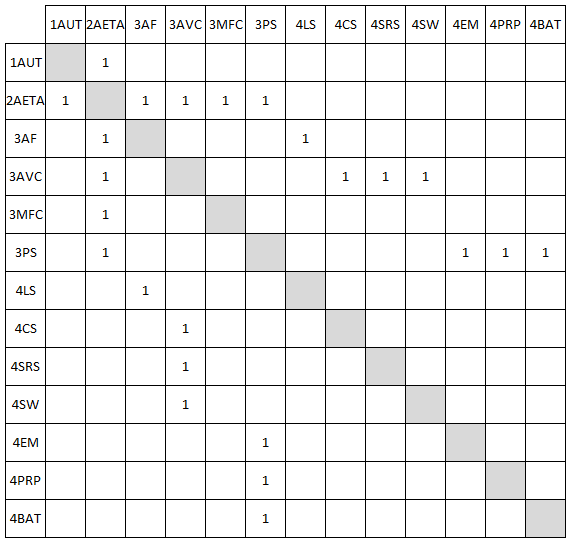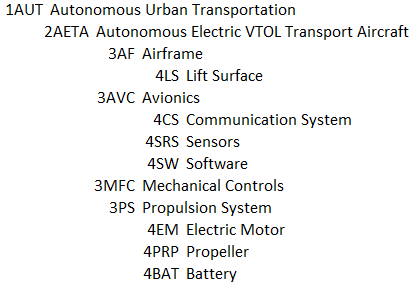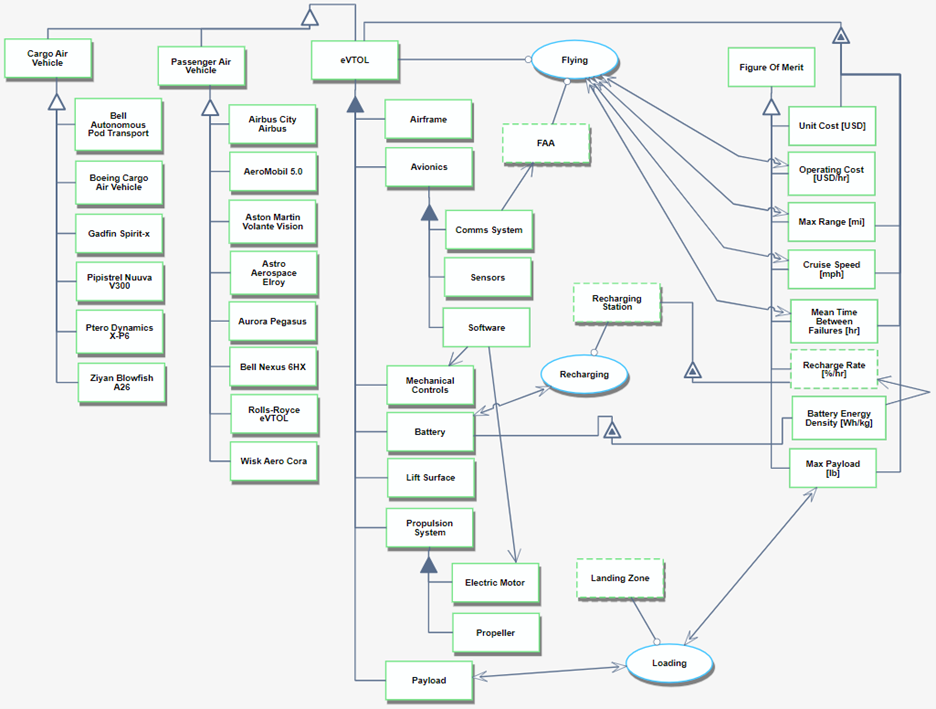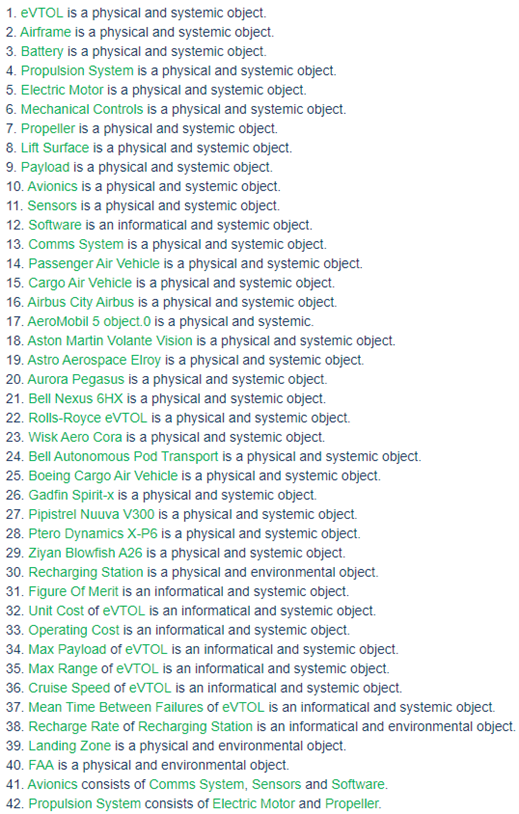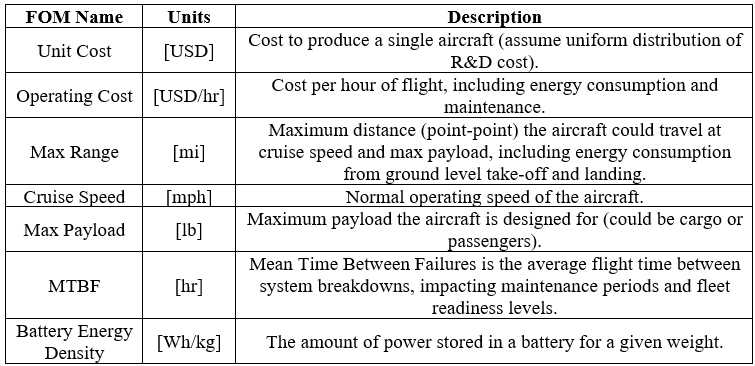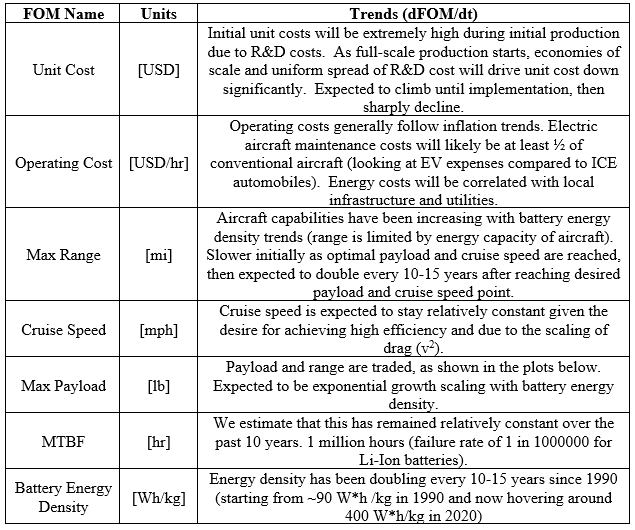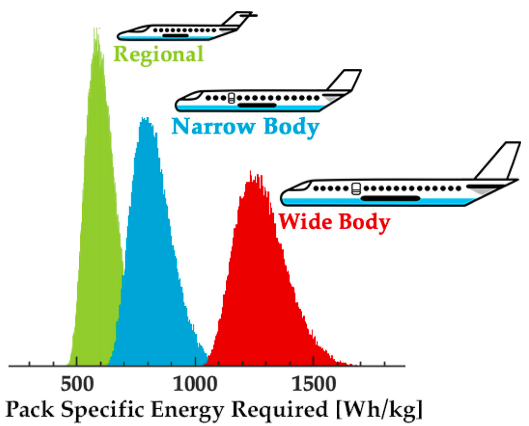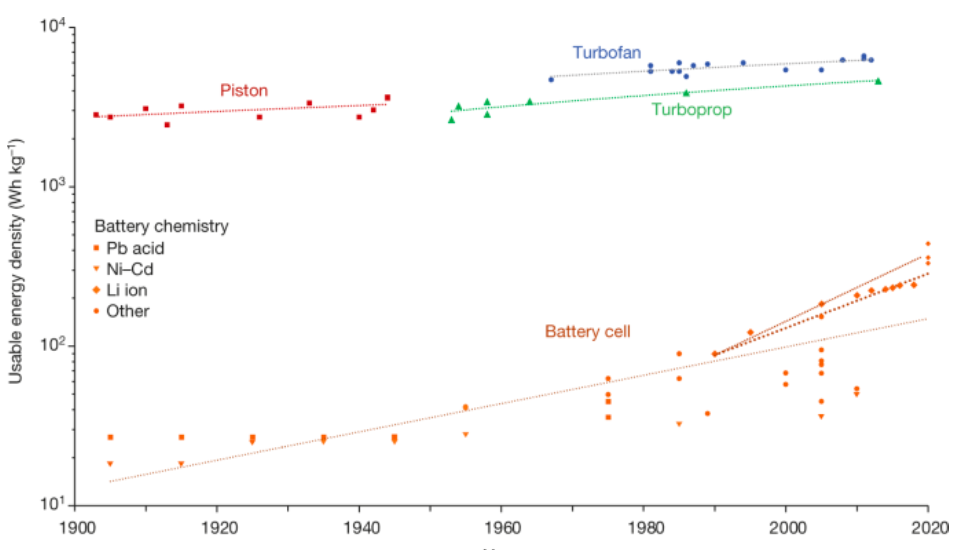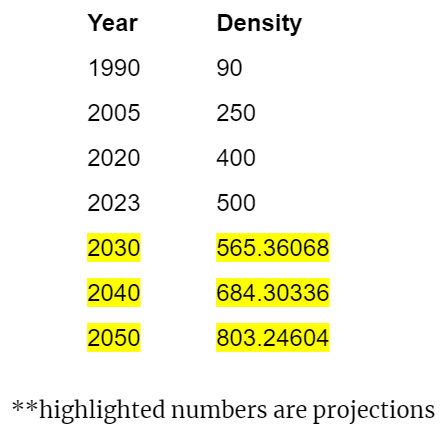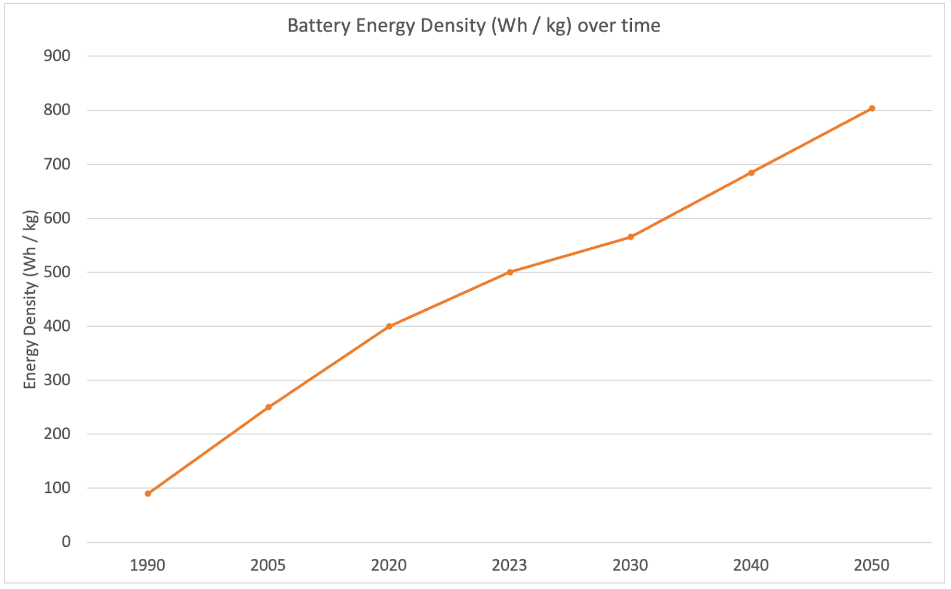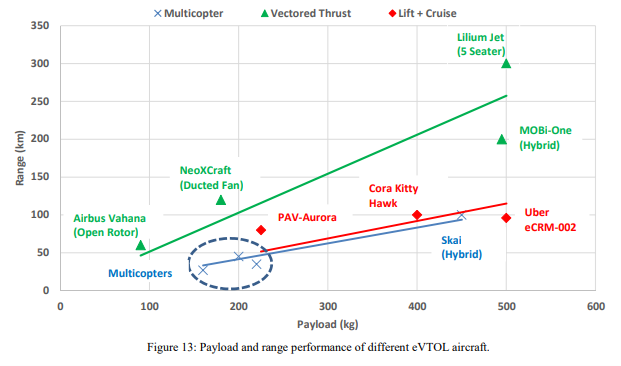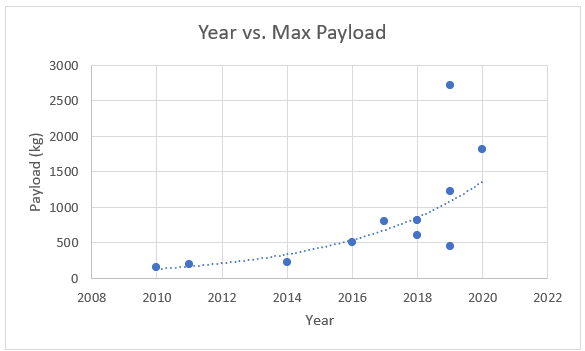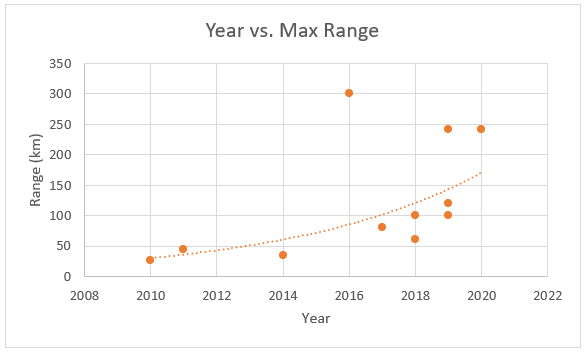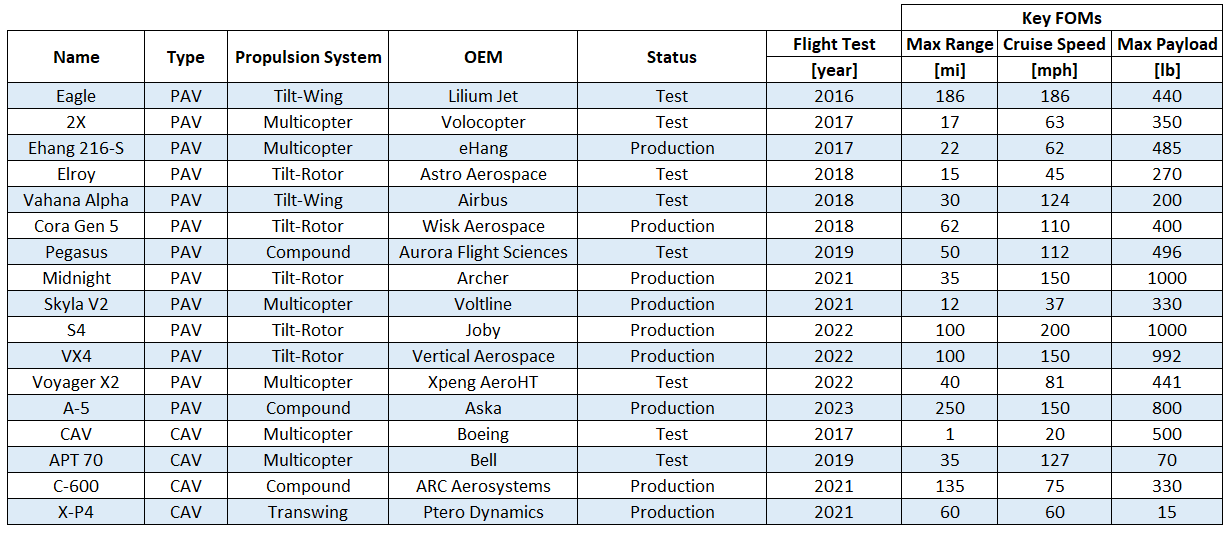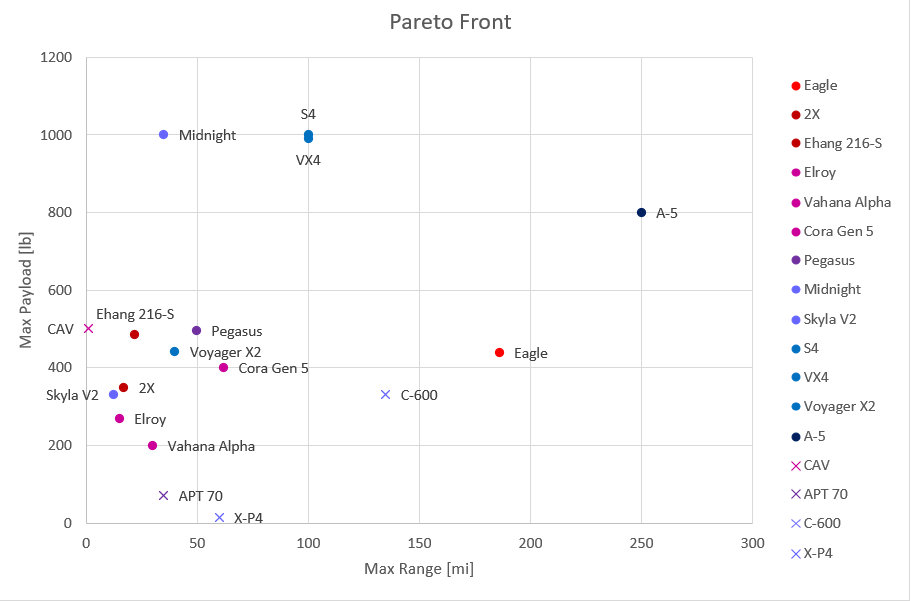Autonomous ElectricVTOL Transport Aircraft
Autonomous Electric Vertical Take-off and Landing (eVTOL) Transport Aircraft
Roadmap Overview
Autonomous Electric Vertical Take-off and Landing (eVTOL) Transport Aircraft are a wide category of unpiloted, electrically powered aircraft for the purpose of transporting goods or organisms. They may fall under the Cargo Air Vehicle (CAV) or Passenger Air Vehicle (PAV) categories. The aircraft have relatively small footprints and are well suited for navigation in urban environments. They are currently in development by various companies ranging from traditional aerospace companies (Airbus and Boeing) to new competitors from different backgrounds (Amazon to Rolls-Royce) and widely believed to have a huge impact on the future of mobility. While individual components of the technology are well developed, the focus here is the assembly and integration of autonomy, which requires increased efficiency, increased reliability, improved infrastructure, and significant cost reductions from the current state.
Image Source: https://wisk.aero/aircraft/
DSM Allocation
This would be related to the following existing roadmaps: 2SEA, 2BEV, 2SPA, 2EVL, 3ESB, 3BAS.
The 2-AETA tree from the DSM shows it as a subste of autonomous urban transportation (1AUT). It consists of various major subsystems, including airframe (3AF), avionics (3AVC), mechanical controls (3MFC), and the propulsion system (3PS). Those subsystems require various component level technologies, including lift surface (4LS), communication system (4CS), sensors (4SRS), software (4SW), electric motor (4EM), propeller (4PRP), and battery (4BAT).
Roadmap Model using OPM
Figures of Merit (FOM)
Battery Energy Density FOM
We estimate that electric battery technology is currently slowing and nearing the stagnation point. Based on the current achievable energy densities of Li-ion batteries, we are at or near the theoretical limit unless there is a major breakthrough in solid-state technologies or non-conventional oxide chemistries. The maximum theoretical specific energy density for a max 4.2V battery is estimated to be between 380-460 Wh / kg. Current understanding of technology has the densest lithium-ion batteries generally hovering below 300 Watt hours per kilogram (Wh/kg); however a few companies (CATL and Amprius) claim batteries boasting a 500 Wh/kg density, which could potentially mean regional electric transport could become viable in the near future.
Lithium-ion batteries emerged onto the commercial market in the 1990s and since then, the energy density has been doubling every 10-15 years.
Payload and Range FOMs
Alignment with Company Strategic Drivers
Positioning of Company vs. Competition
The image gallery below depicts various industry leading eVTOL aircraft that fit this category and have successfully completed first flight.
The table and graph below compiles publicly available data on the aircraft and some key Figures of Merit. The table consists of a large variety of aircraft, including different propulsion types and cargo/passenger aircraft.
Note, many critical FOMs are not publicly available for these aircraft. Consequently, full technology development cannot be mapped. For example, the Voltline Skyla-V2 sacrifices performance for cost advantage (based on observable airframe structure) - this is not captured for the pareto front because unit cost has not been defined yet. In addition, the values provided are released in media, but not validated through test. By limiting scope to only tested aircraft, and not conceptual mockups, the reporting error should be minimized, but will still be present without a reliable means of confirming provided data.
In the graph below, color shading and marker type are used to indicate year of first flight and type of aircraft, respectively.
Note: No lines are drawn to represent the pareto front because the lack of precision in publicly available data may mislead designers.
Technical Model: Morphological Matrix and Tradespace
To be completed by Johannes
Key Publications and Patents
Patents:
1. System And Method For Monitoring And Mitigating Pilot Actions In An Electric Aircraft - US 11801944 B1, 2023-10-31. This patent patents at a high level, a system for monitoring and mitigating pilot actions in an electric aircraft. It includes a computing device configured to detect at least a first flight datum and determine a current flight context as a function of that at least a first flight datum. It includes the computing device receiving a pilot input command, identifying a triggering event as a function of the current flight context and the pilot input command, and performing a mitigating response.
2. METHOD, APPARATUS AND COMPUTER PROGRAM TO DETECT DANGEROUS OBJECT FOR AERIAL VEHICLE - US 20230343230 A1 - 2023-10-26. This patent is about a method of detecting a dangerous object for an aerial vehicle. It sets an object detection area in air in which the aerial vehicle is in flight using a first sensor, a second sensor, and a third sensor; detecting an object in the set object detection area; generating detailed object information on the detected object; and determining whether the detected object is the dangerous object based on the generated detailed object information.
Papers:
1. Sarkar et. al., “A Data-Driven Approach for Performance Evaluation of Autonomous eVTOLs”, 2022. In this paper, a data-driven techniques to evaluate the performance of novel eVTOL configurations for executing autonomous missions in UAM environments is investigated. They considered real-world constraints to generate databases to be used by the proposed data-driven techniques.
2. Bauranov and J. Rakas, "Urban air mobility and manned eVTOLs: safety implications," 2019 IEEE/AIAA 38th Digital Avionics Systems Conference (DASC), San Diego, CA, USA, 2019. This paper explores the risks associated with manned eVTOLs, and the impact of automation system failures on pilot workload and flight safety by using Bayesian Belief Network.
3. X. Yang and P. Wei, "Autonomous Free Flight Operations in Urban Air Mobility With Computational Guidance and Collision Avoidance," in IEEE Transactions on Intelligent Transportation Systems, vol. 22, no. 9, pp. 5962-5975, Sept. 2021. In order to enable safe and efficient autonomous on-demand free flight operations in UAM, a computational guidance algorithm with collision avoidance capability is designed and analyzed. The approach proposed in this paper is to formulate this problem as a Markov Decision Process and solve it using an online algorithm Monte Carlo Tree Search.
References
2. https://www.eucass.eu/doi/EUCASS2022-7362.pdf
3. https://www.nature.com/articles/s41586-021-04139-1
5. https://batteryuniversity.com/article/bu-304a-safety-concerns-with-li-ion

